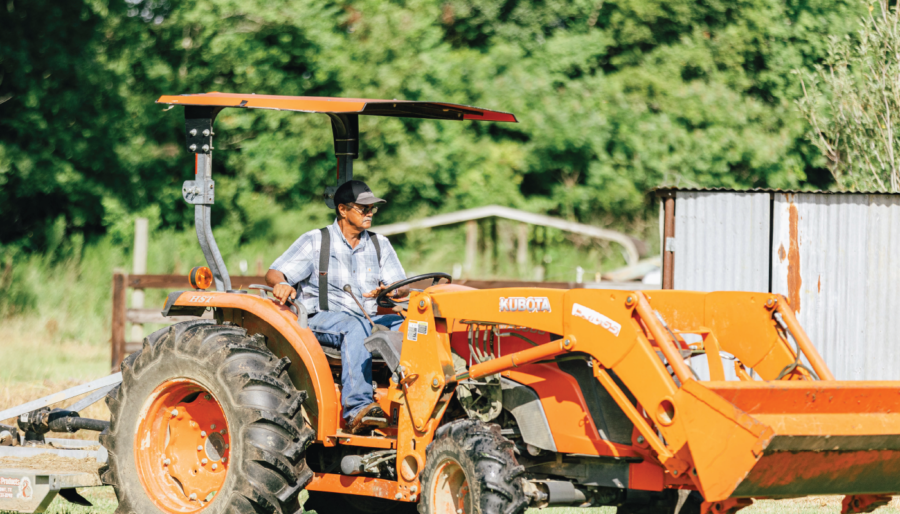References
i. Rabbitt et al., Households Food Security in the United States in 2022, USDA Economic Research Service (2023), https://search.nal.usda.gov/discovery/delivery/01NAL_INST:MAIN/12411959980007426.
ii.Under Feeding America’s proposal, this would be around $920 million per year for TEFAP food purchases at current inflation levels. Feeding America’s proposal would double the base amount for mandatory TEFAP food purchases from $250 million to $500 million per year, adjusted annually for inflation. (Under current law, food purchases are authorized at $250 million per year, which has been adjusted annually for inflation since 2008. For fiscal year 2023, that inflation-adjusted funding amount was $445 million.)
iii. Congress provided $92 million in discretionary funding for TEFAP storage and distribution for fiscal year 2023.
iv. U.S. Department of Agriculture, Food and Nutrition Service, “National and/or State Level Monthly and/or Annual Data,” U.S. Department of Agriculture, updated February 9, 2024, https://www.fns.usda.gov/pd/supplemental-nutrition-assistance-program-snap.
v. Kathryn Cronquist and Brett Eiffes, ”Table 3.6.b. SNAP benefits of participants by selected demographic characteristics, waiver period,” Characteristics of Supplemental Nutrition Assistance Program Households: FY 2020 and Early Months of the COVID-19 Pandemic, U.S. Department of Agriculture (2022), 33, https://fns-prod.azureedge.us/sites/default/files/resource-files/Characteristics2020.pdf.
vi. Kathryn Cronquist and Brett Eiffes, ”Table A.6.b. Distribution of participating households with children, elderly individuals, and non-elderly individuals with disabilities by type of countable income, waiver period,” Characteristics of Supplemental Nutrition Assistance Program Households: FY 2020 and Early Months of the COVID-19 Pandemic, U.S. Department of Agriculture (2022), 58, https://fns-prod.azureedge.us/sites/default/files/resource-files/Characteristics2020.pdf.
vii. Patrick Canning and Brian Stacy, The Supplemental Nutrition Assistance Program (SNAP) and the Economy: New Estimates of the SNAP Multiplier, U.S. Department of Agriculture, Economic Research Service (July 2019), https://www.ers.usda.gov/webdocs/publications/93529/err-265.pdf?v=5089.1.
viii. Administration for Community Living. 2020 Profile of Older Americans, May 2021. https://acl.gov/sites/default/files/aging%20and%20Disability%20In%20America/
2020Profileolderamericans.final_.pdf. ; Michael D. King, “New Interactive Data Tool Shows Characteristics of Those Who Receive Assistance from Government Programs.” Census.gov. United States Census Bureau, May 24, 2022. https://www.census.gov/library/stories/2022/05/who-is-receiving-social-safety-net-benefits.html.
ix. Kathryn Cronquist and Brett Eiffes, “Table B.6.b. Distribution of participating households by selected countable income sources and by State, waiver period,” Characteristics of Supplemental Nutrition Assistance Program Households: Fiscal Year 2019, U.S. Department of Agriculture (March 2021), https://www.fns.usda.gov/snap/characteristics-snap-households-fy-2019.
x. U.S. Department of Agriculture, Food and Nutrition Service, “CSFP Participation.” USDA, updated February 9, 2024,
https://covid19.census.gov/documents/
3f54a929466e4f6da4d1d538bd25bb40/explore.
xi. ReFED. “Food Waste Challenge.” ReFED. Accessed February 16, 2024. https://refed.org/food-waste/the-challenge.





